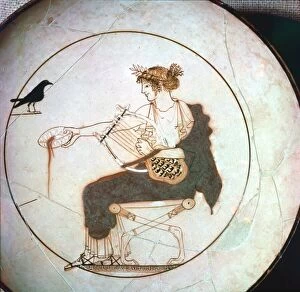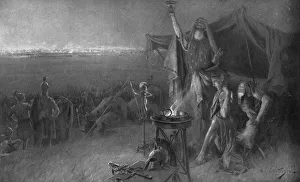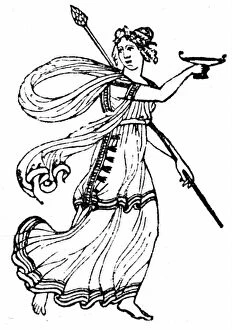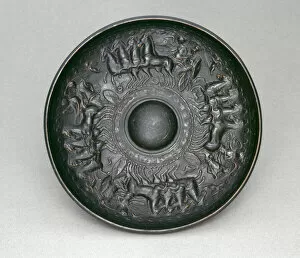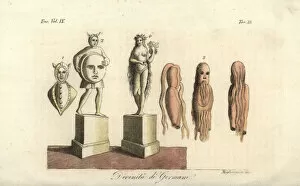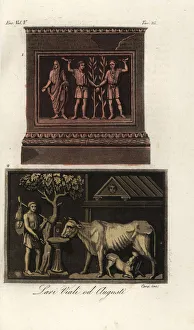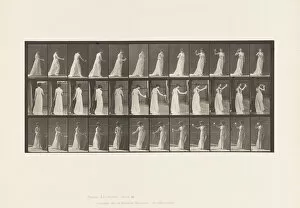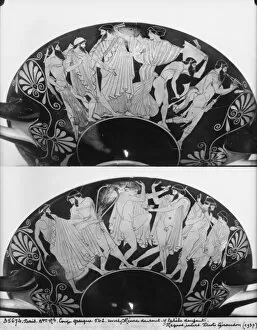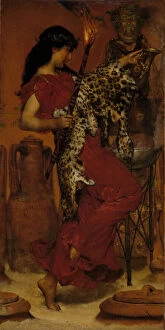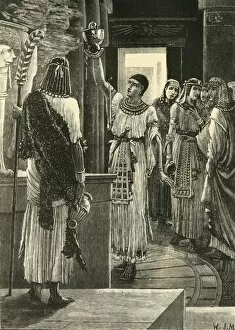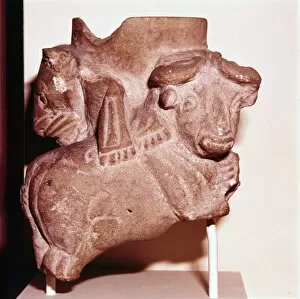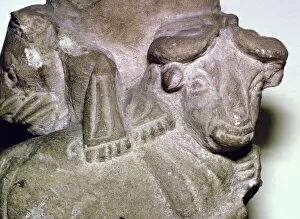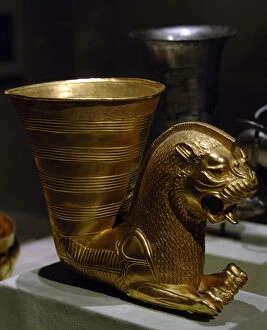Libation Collection
"Libation: A Ritual of Ancient Offerings and Sacred Pourings" In the ancient world, libation held a significant role in religious ceremonies and cultural practices
All Professionally Made to Order for Quick Shipping
"Libation: A Ritual of Ancient Offerings and Sacred Pourings" In the ancient world, libation held a significant role in religious ceremonies and cultural practices. From Apollo offering a libation to the raven, to Alexander the Great preparing for battle on the eve of Gaugamela, these acts were deeply rooted in tradition. One can imagine the scene depicted on the Egyptian Stele of Seti I in Beth-Shean, where offerings were made with reverence and devotion. The Persian-Achaemenid art showcases a stunning gold rhyton adorned with intricate designs - an exquisite vessel used for pouring sacred liquids. The Apulian red-figure volute crater captures a solemn moment as Achilles sacrifices Trojan prisoners at Patroclus' funeral. This pottery piece serves as a poignant reminder of rituals performed to honor fallen heroes. The Phiale, a shallow bowl designed specifically for pouring ritual libations, exemplifies craftsmanship from 300-250 BCE. Its creator remains unknown but their skill is evident in this timeless artifact. Egypt's Lion and Ankh plaque depicts both power and spirituality through its symbolism. It represents not only strength but also life-giving forces that accompany libations poured into vessels during New Kingdom ceremonies. A Kylix by Douris transports us back to ancient Greece, showcasing youth near an altar engaged in their own libation ceremony. These scenes offer glimpses into daily life where such rituals played integral roles within society. Ancient Germanic deities too had their share of libations offered to them – expressions of respect and supplication towards these divine beings who influenced every aspect of life. Roman Lararium shrines served as focal points for family worship while Lustrazio purification rites involved cleansing through water or wine-based offerings. Such practices aimed at maintaining harmony between mortals and gods alike. Finally, we find ourselves captivated by close-ups of murals adorning palace walls like those found at the Palace of Minos in Knossos, Crete.

